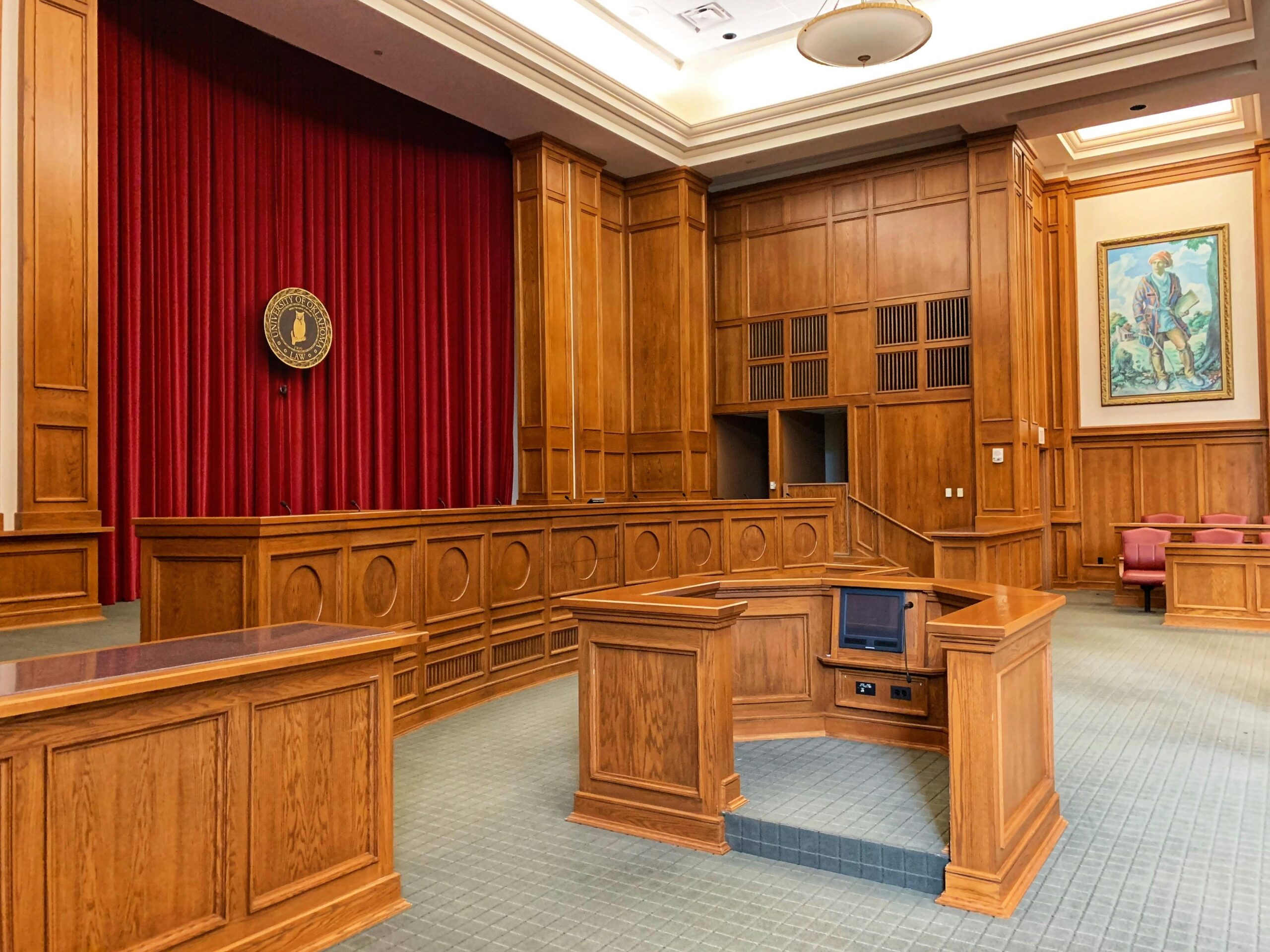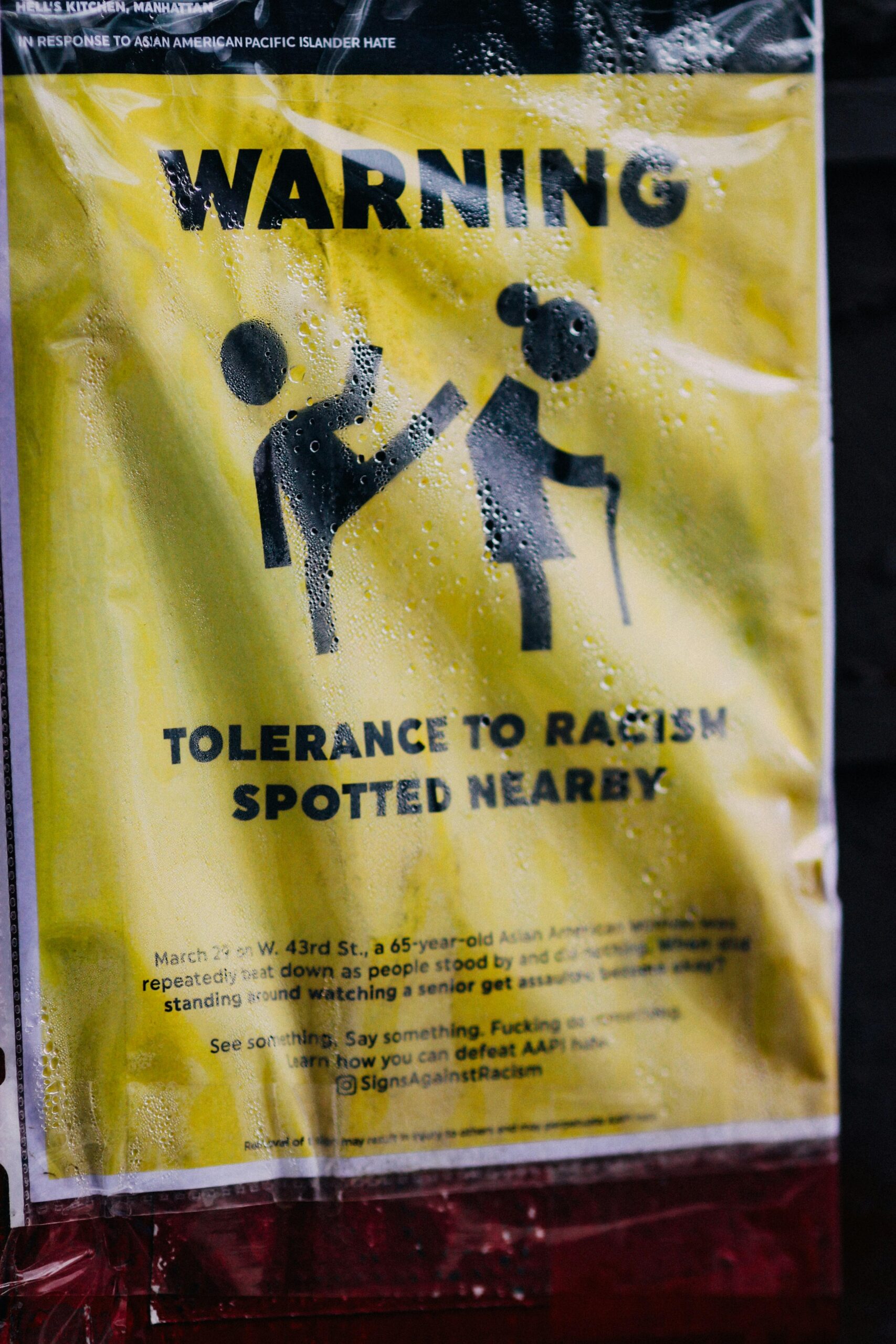Imagine decades-old mysteries, cases once thought unsolvable, suddenly bursting back into the spotlight—only this time, with new hope. Thanks to advances in DNA technology, law enforcement agencies are cracking cold cases wide open, uncovering answers that were once beyond reach. From identifying unknown victims to pinpointing elusive suspects, DNA evidence is revolutionizing the way we solve crimes. Curious about how a tiny strand of genetic material can rewrite the endings of long-forgotten stories? Let’s dive into the fascinating world where science meets justice, and cold cases finally get their moment in the sun.
Table of Contents
- Unlocking Mysteries Hidden in Genetic Code
- The Science Behind DNA Breakthroughs in Cold Cases
- From Crime Labs to Courtrooms How DNA Evidence Holds Up
- Tips for Advocates Using DNA to Reopen Long Cold Investigations
- To Conclude
Unlocking Mysteries Hidden in Genetic Code
Beneath the familiar double helix lies a labyrinth of information waiting to be decoded. Every sequence of nucleotides acts like a unique signature, revealing stories that were once lost to time and mystery. Thanks to revolutionary advances in genetic testing technology, investigators can now sift through ancient biological remnants—be it a single hair strand, a drop of blood, or decades-old bone fragments—with unprecedented precision. This molecular sleuthing isn’t just about matching suspects anymore; it uncovers cold case truths that were once deemed unreachable, offering closure to families and justice to those forgotten.
The power of DNA evidence extends beyond traditional forensic science, encompassing a range of groundbreaking applications:
- Genealogical databases: Linking unknown samples to distant relatives, creating family trees that illuminate suspects’ identities.
- Advanced sequencing methods: Analyzing degraded or minimal samples that previously yielded no results.
- Phenotyping predictions: Estimating physical traits such as eye color or ancestry to narrow suspect profiles.
- Cross-jurisdiction collaborations: Sharing genetic data to solve crimes spanning multiple regions and decades.
This convergence of science and investigation is transforming cold cases from cold ends into thrilling journeys of rediscovery.
The Science Behind DNA Breakthroughs in Cold Cases
At the core of solving cold cases lies the meticulous unraveling of DNA—a biological blueprint unique to every individual. Recent advances in genetic technology have transformed forensic investigations from relying on mere eyewitness accounts and circumstantial evidence to harnessing the power of molecular science. Modern DNA analysis can detect and amplify even the tiniest fragments left at a crime scene, reviving clues once thought lost to time. Techniques such as Next-Generation Sequencing (NGS) and Touch DNA analysis enable experts to reconstruct profiles from minimal or degraded samples, turning what was once invisible into compelling evidence. This leap forward is not just a technical triumph but a beacon of hope for resolving cases that have baffled investigators for decades.
Behind every DNA breakthrough is a combination of cutting-edge tools and ingenious approaches. Laboratories now utilize:
- Advanced bioinformatics software to compare genetic markers across comprehensive databases
- Familial DNA searching, which can identify suspects through distant relatives
- Cold case databases that cross-reference old evidence with newly submitted profiles
These innovations, coupled with a growing repository of DNA data, create a dynamic network where once-isolated cases suddenly link together. It’s a thrilling frontier where science breaks through walls of uncertainty, turning cold mysteries into solved stories.
From Crime Labs to Courtrooms How DNA Evidence Holds Up
Within the sterile confines of crime labs, DNA evidence undergoes rigorous analysis, transforming seemingly insignificant biological traces into powerful tools of justice. Modern forensic scientists employ cutting-edge techniques such as polymerase chain reaction (PCR) amplification and next-generation sequencing to ensure even the smallest samples can be decoded with astonishing accuracy. This meticulous process doesn’t just identify suspects—it pieces together narratives from the microscopic clues left behind, building a compelling framework that withstands intense scrutiny.
But the journey from lab to courtroom is a delicate dance, where scientific precision meets legal rigor. Prosecutors and defense attorneys alike navigate the complexities of DNA testimony, often leveraging expert witnesses to translate technical findings into layman’s terms. Key elements that affect how DNA evidence holds up under the legal microscope include:
- Chain of Custody: Maintaining an unbroken and documented trail of evidence handling.
- Sample Contamination Prevention: Ensuring samples are shielded from environmental or human interference.
- Statistical Interpretation: Presenting probability and match statistics in a clear, unbiased manner.
- Jury Education: Helping jurors grasp the significance and limitations of DNA results.
These factors combined underline why DNA evidence often emerges as the cornerstone in cold case prosecutions, bridging the gap between forensic science and justice with remarkable reliability.
Tips for Advocates Using DNA to Reopen Long Cold Investigations
For advocates looking to breathe new life into cases long dormant, embracing the power of genetic genealogy can be a game changer. Start by forming partnerships with local law enforcement and forensic labs—these collaborations open doors to accessing vital DNA databases and resources often overlooked. It’s essential to stay educated about the latest advancements in DNA analysis technologies and software, as even subtle innovations can dramatically improve the chances of linking suspects or victims to crime scenes from decades ago.
Transparency and persistence are also your secret weapons. Keep detailed records of every strand of evidence and maintain clear communication with all parties involved, including families eagerly awaiting closure. Consider advocating for broader legislation that allows for the ethical use of public genealogy databases, as these platforms have cracked some of the most challenging cold cases recently. By combining cutting-edge science with thoughtful advocacy, the seemingly impossible task of reigniting a stalled investigation can become the breakthrough everyone hopes for.
- Leverage cross-disciplinary expertise: Collaborate with geneticists, genealogists, and criminal investigators.
- Stay current on legal frameworks: Navigating privacy laws can expand your toolkit legally and ethically.
- Build community awareness: Public support can pressure agencies to revisit cold cases.
- Utilize comprehensive databases: Explore national and international DNA repositories.
To Conclude
As technology continues to evolve, the power of DNA evidence to breathe new life into cold cases only grows stronger. What once seemed like unsolvable mysteries are now yielding their secrets, bringing long-awaited closure to victims and their families. It’s fascinating to think about how a tiny strand of genetic material can rewrite the endings of stories left unfinished for decades. Who knows what other hidden truths are waiting to be uncovered in the shadows of these cold cases? One thing’s for sure—we’re just beginning to scratch the surface of DNA’s remarkable detective work. Stay curious!












